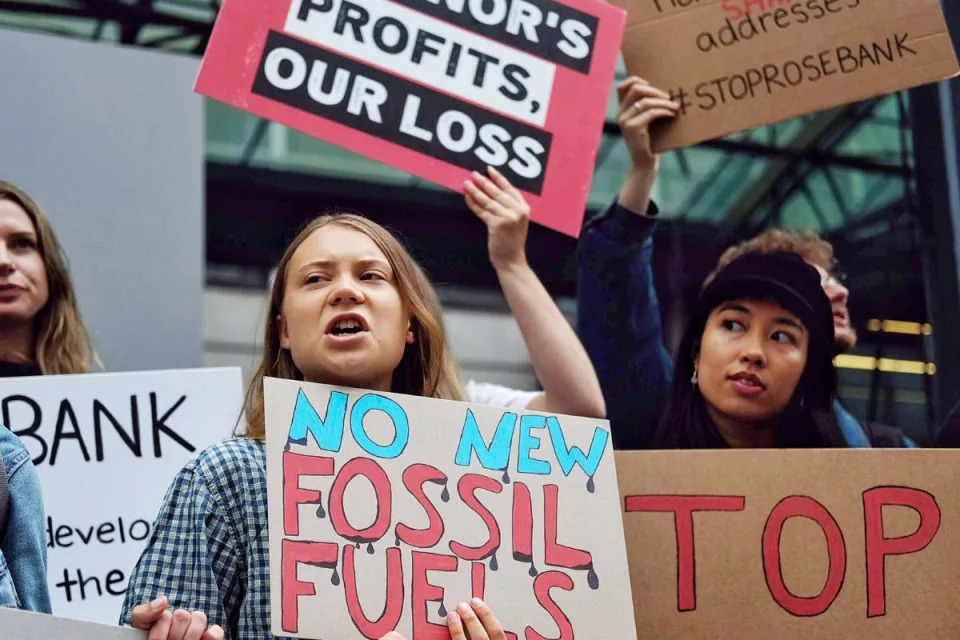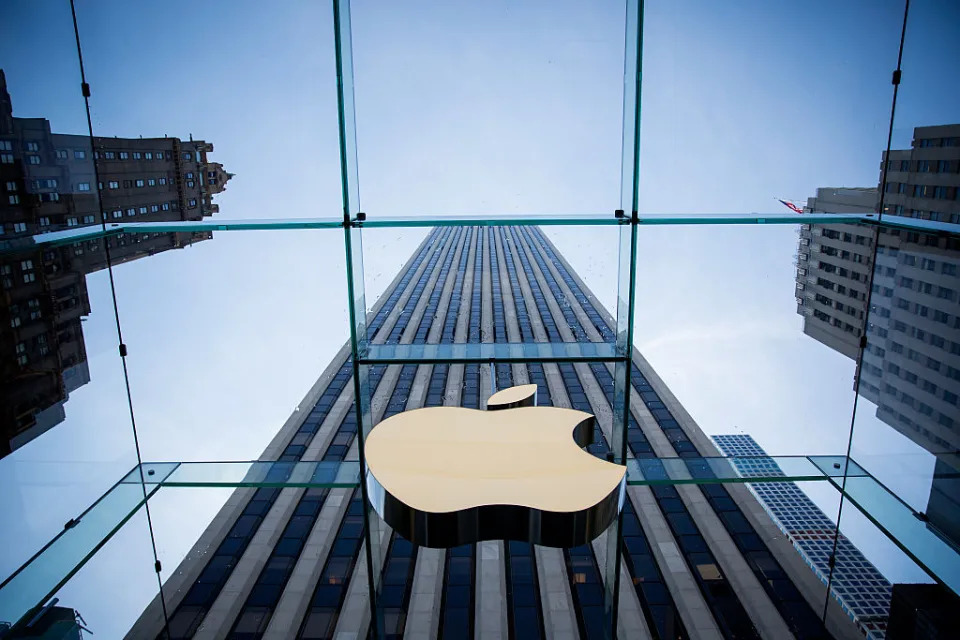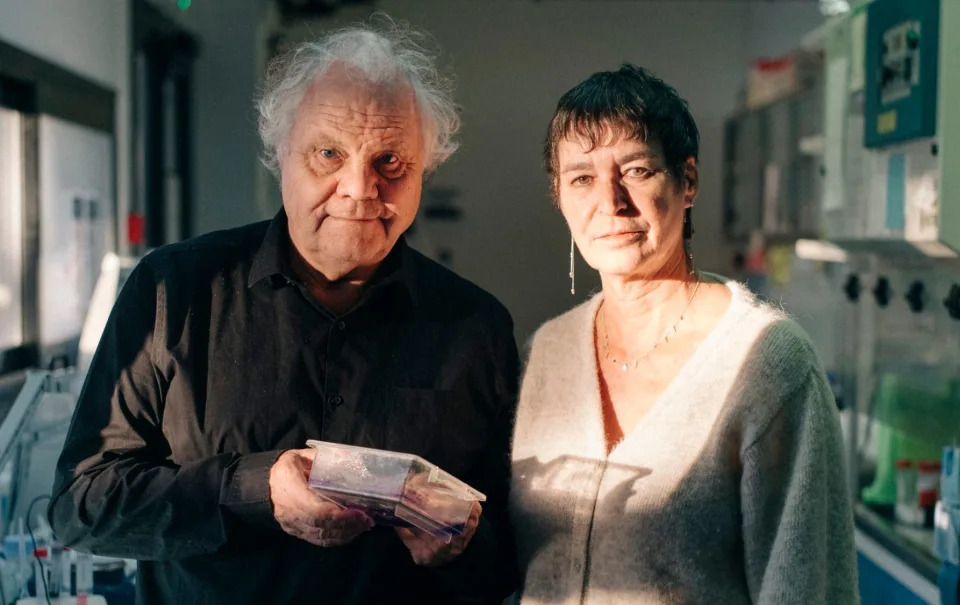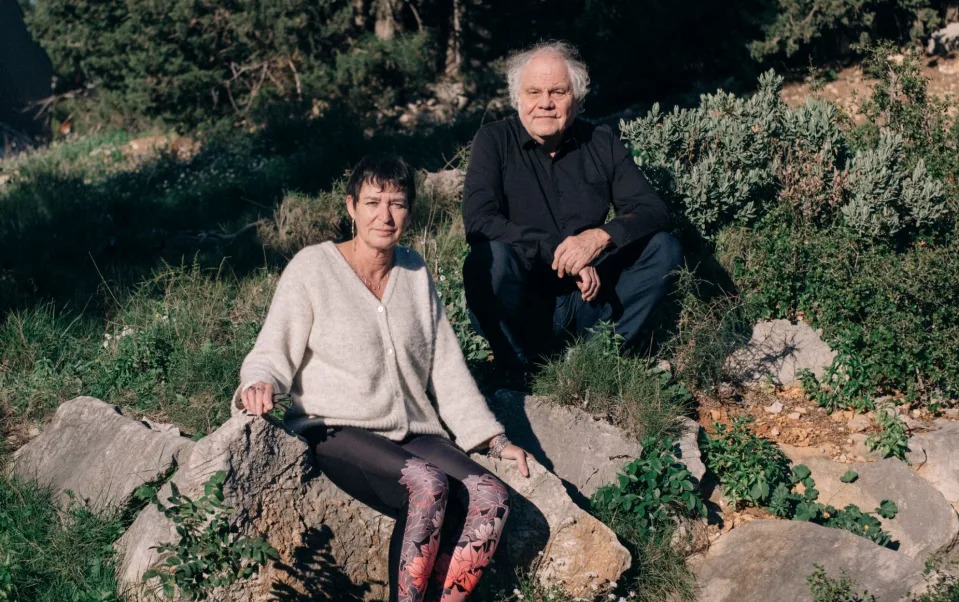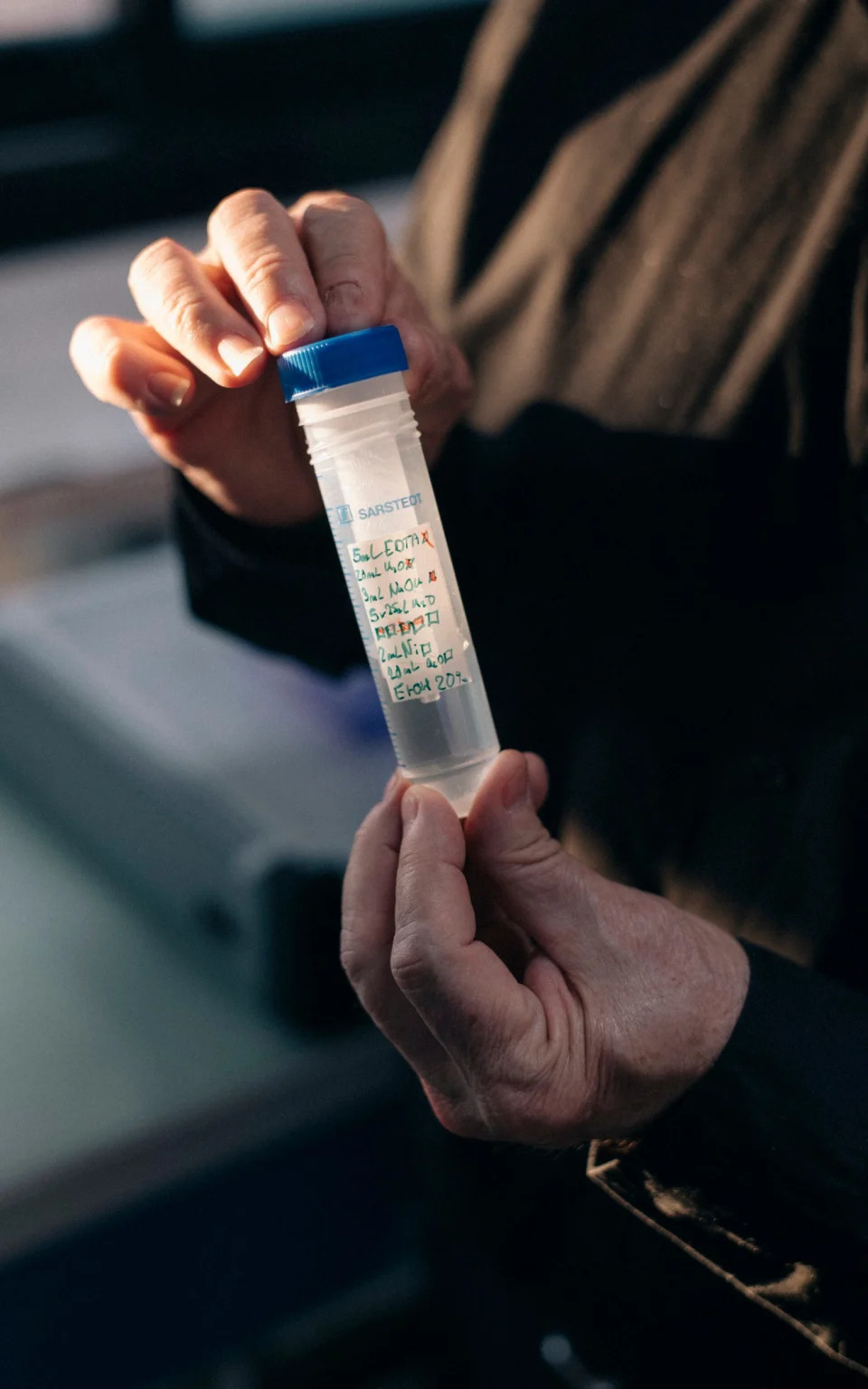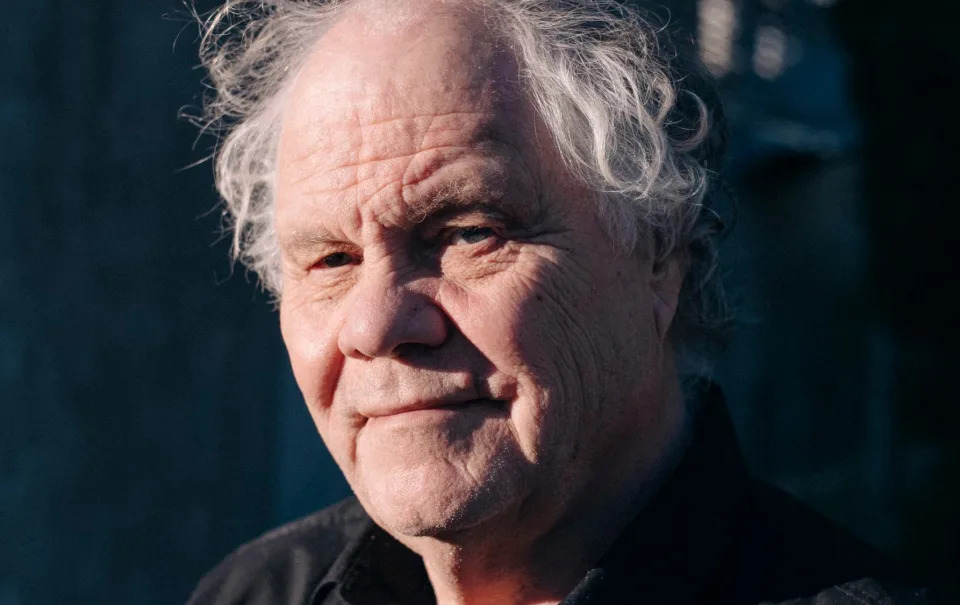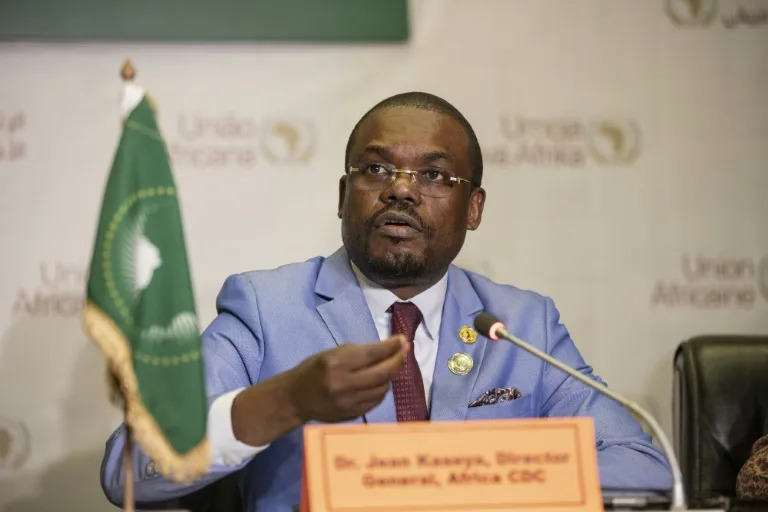‘It’s legalised robbery’: anger grows at China’s struggling shadow banks
Amy Hawkins Senior China correspondent
THE GUARDIAN
Sun, 18 February 2024
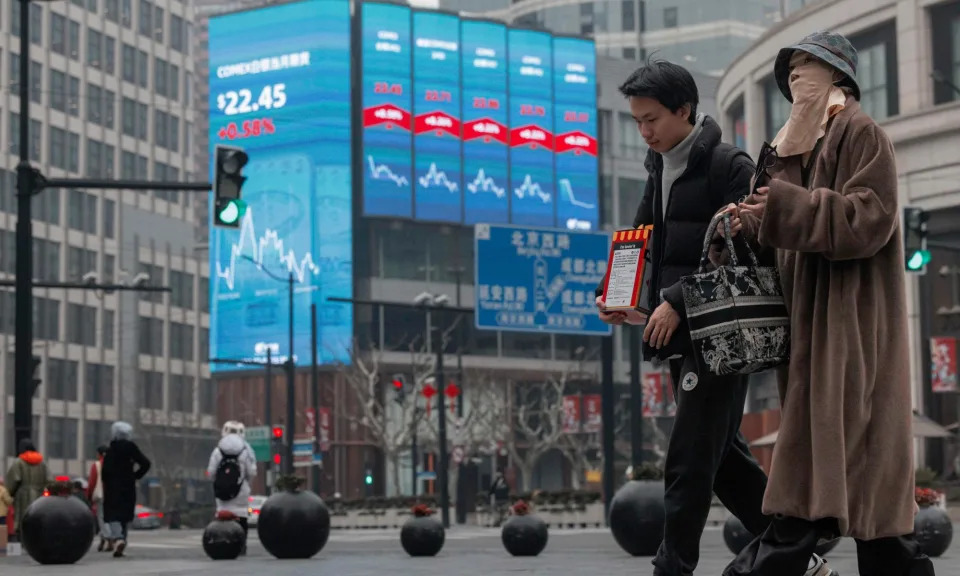
Economic data on display in Beijing; China’s wealthy middle class has a lot of money to invest, and not many outlets for it. Photograph: Alex Plavevski/EPA
Wang Jin felt sure that he could invest in Sichuan Trust, an institution that was part of one of what he describes as the “four pillars” of China’s financial system: banks, securities, insurance and trusts. Promised a return on his investment of 8.3%, he handed over 1.6m yuan (£178,000) in 2019. “The trust had a state licence, so we believed in its integrity,” Wang (not his real name) recalls.
Unluckily for him, in May 2020, the company said that it would be unable to repay 20bn yuan of investments. Protests ensued, with hundreds of middle-aged investors gathering outside the headquarters in Chengdu to demand their money back. By the end of the year, the local government had taken over the firm, which was reported to have a shortfall of more than 30bn yuan on its books, although the company said the sum was closer to 25bn.
Now, Wang is one of more than 8,000 investors who have been given until 5 March to accept a sliding scale repayment plan that would return 80% of capital to the smallest investors, while those who had invested more than 10m yuan would get back 40%. Investors are furious. The offer is “legalised robbery”, one of them says, in chat messages seen by the Observer.
The troubles at Sichuan Trust are a microcosm of the strain spreading through China’s £2.3tn trust industry as an economic downturn, combined with tighter government regulation, risks torpedoing a major part of the “shadow” banking industry that has filled the gaps left by traditional financial institutions.
“Sichuan Trust was one of the earliest to fail,” says Diana Choyleva, chief economist at the consultancy Enodo Economics. “But its issues are broadly representative of issues that face the whole industry because of the rolling crisis in real estate.”
The trusts are a uniquely Chinese phenomenon. They are financial institutions that blend banking, wealth management and hedge fund activities, offering investment products to institutions and wealthy individuals. They exist to provide credit to parts of the economy that have traditionally struggled to access financing from traditional banks, such as property and mining.
As private sector companies, particularly property developers, boomed in the 00s, trusts became an important part of the economy, providing cash to hungry businesses. They have become a pillar of the non-bank financial system – otherwise known as shadow banking – that has come to account for between 40% and 60% of China’s GDP, although estimates vary wildly.
Sichuan Trust has blamed the regulatory squeeze on the sector for its troubles. But analysts had been raising the alarm about practices at the firm for years. Sichuan Trust has “consistently stood out for the past 10 years as being one of the more trouble-prone players in the industry,” says Jason Bedford, an analyst in Singapore who is an expert on China’s trust sector. In 2021, the company was fined 34.9m yuan for making illicit loans and illegally transferring money to shareholders.
Considering the firm’s troubles, Bedford says that the level of the proposed restitution is “quite high”, which “suggests either government or other money might be funding those payouts”.
Several investors wrote to China’s National Administration of Financial Regulation, demanding to know what assets were underlying the trusts’ investments. But in January the authorities refused, saying that the information was a “state secret”.
Wang says: “It’s normal to take our money and invest it, and if it does lose money, or the investment fails, that’s normal, and we’ll accept that.”
But he and other investors suspect foul play, especially since the former controlling shareholder of the company, Liu Canglong, was detained by police in 2021. Sichuan Trust declined to comment for this article.
While Sichuan has not disclosed its holdings, they are likely to include property assets. Trusts have disproportionately helped to finance China’s real estate boom, which since 2008 has been one of the main drivers of its economic growth. That makes them particularly vulnerable to contagion from the current downward spiral in the property market. According to the publicly available financial statements, between 6% and 7% of their lending is to real estate. But Bedford estimates the exposure is more like 30-35%, with lending often disguised under other structures or industries.
Since Beijing unleashed a regulatory whirlwind on the property sector in 2020, which was aimed at deleveraging the sector, real estate has been in the doldrums. Although the government has since backpedalled on some of these measures in an effort to boost the market, lending to property developers remains low – not least because developers no longer want cash to build flats that people are not buying.
“In the long term, trusts will have to fundamentally change their business model,” says Choyleva. They may shift their financing towards the government’s preferred industries, such as hi-tech manufacturing. But banks are much more willing and able to lend to these companies than they were 20 years ago, reducing the demand for trust products.
“As the potential investment returns in this area are much more uncertain than during the peak years of property growth, the attractiveness of their products to retail investors will also decrease,” says Choyleva.
All this is little solace to middle-class investors such as Wang, who increasingly feel that the government has broken the social contract that allowed people to get rich so long as they didn’t get involved in politics. “It’s robbing people’s blood and sweat … it’s the government doing this: it’s shameless,” he says.
There is a sense that China’s leaders, who are becoming less keen on bailouts, in case they sustain economic bubbles, are not sympathetic to well-to-do people such as Wang.
Trust investors normally need a minimum of about 1m yuan in cash to get started. The firms promise higher interest rates than traditional banks in exchange for higher levels of risk. But their practices are opaque and there is widespread concern that investors are not made fully aware of the risks of their investments.
Bedford recalls the boss of a major trust company saying: “Banks do whatever they are explicitly permitted to do. Trust companies do anything, so long as they are not explicitly not permitted to do so.”
In 2018, China’s regulators introduced a host of reforms to try to get a grip on the shadow banking sector, including banning financial institutions from offering guaranteed returns on investments. In recent years it has also allowed an increasing number of trust firms to default; in January, Zhongzhi Enterprise Group, a shadow banking institution with up to £50bn in debts, filed for bankruptcy.
“What is happening is kind of in line with what the government has been striving for, for a very long period of time,” says Dinny McMahon, the head of China markets research at Trivium, a consulting firm – to establish the principle that an investor “should go in with their eyes open”.
But even as trusts run into crises, wealthy Chinese people who cannot move their money out of the country have few places to invest their cash. During China’s boom years, the rich put money into property, the stock market or wealth management products. All three of those industries are crashing.
This reflects a wider shift in China’s economic policymaking, with Beijing increasingly reluctant either to save failing companies or to inject the massive stimulus that economists say is needed to reboot the flagging economy. Some analysts even believe that Xi Jinping, China’s leader, no longer sees the economy as the ultimate indicator of his success.
In 2018, Daniel Rosen and Logan Wright, researchers at the Centre for Strategic and International Studies, wrote that “periods of financial stress with the potential for crisis have been relatively short-lived” because of the belief that the government would “step in to resolve any financial instability”. But that belief is starting to fade.
Additional research by Tau Yang
